Food Safety
Is IoT the future of food safety?
Some industry watchers say 2019 should be the year that IoT improves food safety.
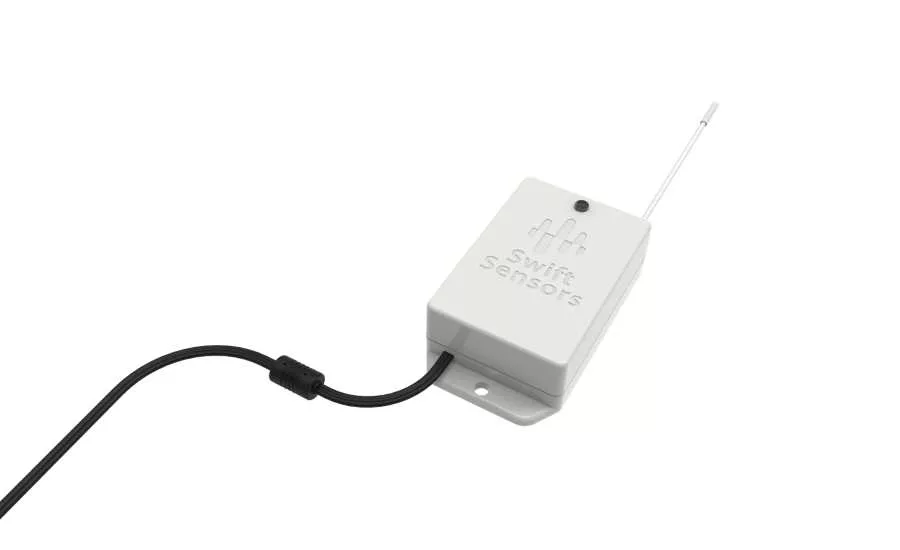
Wireless Ambient Light Sensor
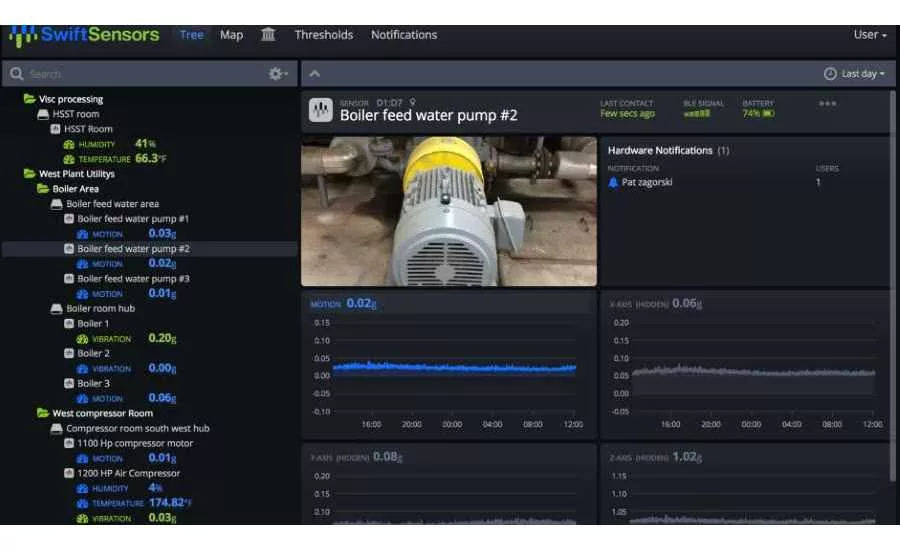
Dashboard view of a vibration sensor in a food manufacturing plant
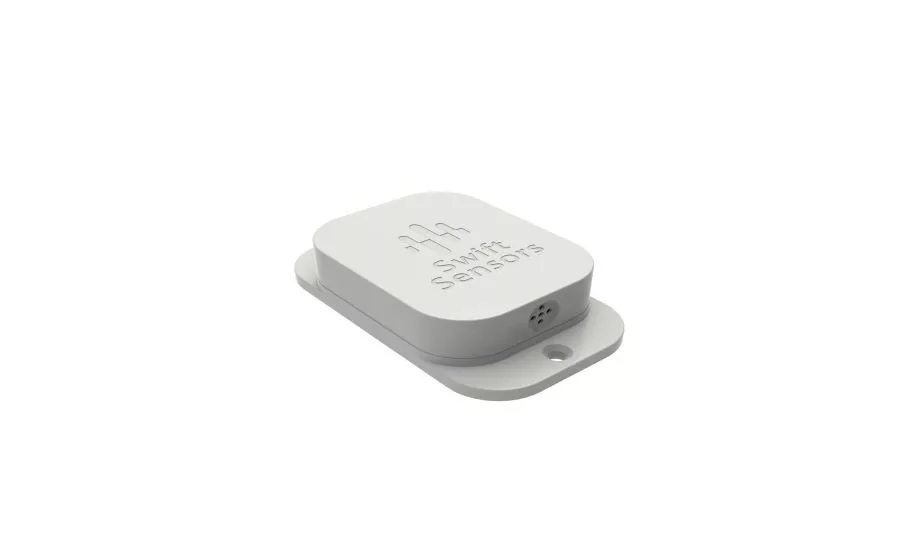
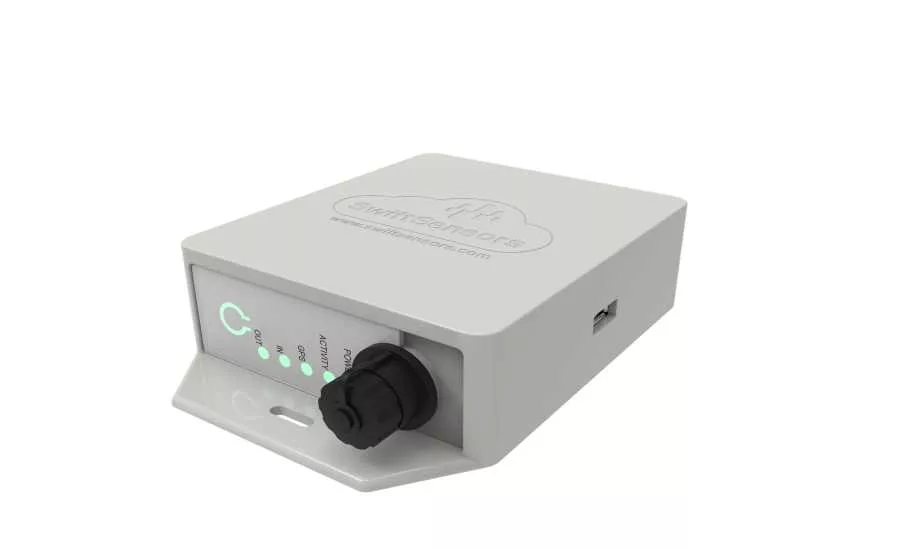
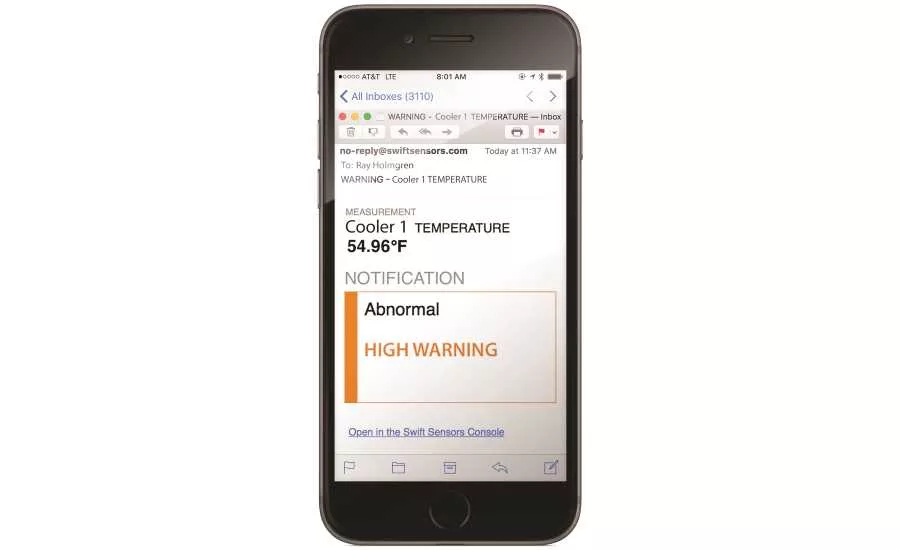
With foodborne illnesses on the rise and the average direct cost of a food recall now at $10 million, some industry watchers say 2019 should be the year the Internet of Things improves food safety. These predictions are based on the growing availability of wireless temperature sensors as well as geolocation devices and pathogen detection scanners. Industrial IoT technology gives food manufacturers and the food service industry real-time data to identify problems, reduce waste and prevent expensive, brand-damaging outbreaks and recalls.
Bringing cold chain monitoring into the 21st century
Maintaining a safe temperature range for perishable food from farm to fork remains a technical and logistical challenge, and it’s not the only one food producers and handlers contend with. Other areas for potential improvement in food safety are recordkeeping, the scope of monitoring, real-time visibility into systems, human error and cost management. Accurate data, available to managers as the readings are taken, can help with all of these tasks. IoT applications like RFID sensors connected to GPS networks have already begun to improve tracking of food as it moves through the supply chain, boosting efficiency, reducing shrinkage, and better predicting shelf life.
Documenting cold chain temperature maintenance is a major responsibility for food production plants and warehouses. When recordkeeping relies on after-the-fact manual data entry, the resulting documents can be error-prone and hard to access quickly. They certainly don’t provide real-time data. Wired monitoring systems are an improvement over manual readings and data entry, but they often don’t deliver real-time data, because the reports they generate depend on the timing of server updates. Wireless temperature monitoring devices eliminate the need for manual recordkeeping, improve the accuracy of temperature management records, and deliver data as it’s collected. RFID in transit and IoT sensors in plants and warehouses can provide accurate and current data for information management systems that help investigators trace sources of contamination after an outbreak.
Stopping illness outbreaks and recalls before they begin
There is also the potential to prevent food contamination with IoT technology. For instance, there is a tool for food handlers that detects traces of pathogens on employees’ hands after washing. The employees get immediate feedback from the device about whether they need to wash their hands again. Managers receive data they can analyze to identify times and days when employee handwashing is less thorough and take steps to correct the problem.
Comprehensive monitoring of every area of a factory or warehouse can also help protect against pathogens by ensuring the proper temperature for food in every part of the facility. Wireless temperature sensors install quickly and will often fit in areas that wired systems can’t reach. Expanded coverage makes it easier to detect areas where the temperature is out of bounds.
Because wireless sensors and other IoT devices report their data in real time to the cloud, managers can monitor what’s happening as it happens. This insight can allow them to confidently pull compromised product. Shrinkage is wasteful and costly, but recalls are far more expensive and damaging. In addition to the direct costs, recalled brands can face slower sales, damaged trust among customers, and lawsuits.
IoT networks’ data also provides in-the-moment backup for employees. Even the most conscientious humans can make mistakes, because of distraction, fatigue, or other reasons. Instant alerts for out-of-range temperatures, dirty hands, and other red flags can prompt employees to address problems they might have otherwise missed.
Improving operational efficiency
IoT sensor data can enable predictive maintenance and indicate when equipment is nearing the end of its useful life so it can be switched out before it fails and compromises product quality. Are there processes that need improvement to ensure cold chain continuity, such as better sorting of products with different temperature requirements or faster loading times to avoid product warmups? With up-to-the-moment data and a wide network of sensors, it’s possible to track product temperatures from the time they enter a plant to the moment they leave. Delivery of temperature readings directly from sensors to the cloud also frees employees from data entry so they can focus on other safety- and production-related tasks.
Industrial IoT sensors and wireless, cloud-based technology can protect the food supply and public health while helping food producers and handlers run more efficiently. Food recalls have serious consequences for everyone involved, from sickened consumers to manufacturers who may spend years paying fines and repairing public trust. With IoT technology to help trace food shipments, monitor safe temperatures and prevent contamination, the future of food safety looks healthier.
Looking for a reprint of this article?
From high-res PDFs to custom plaques, order your copy today!





